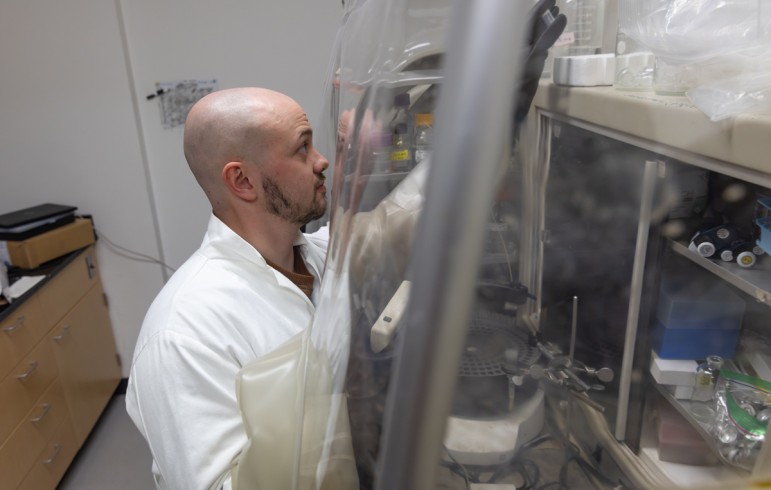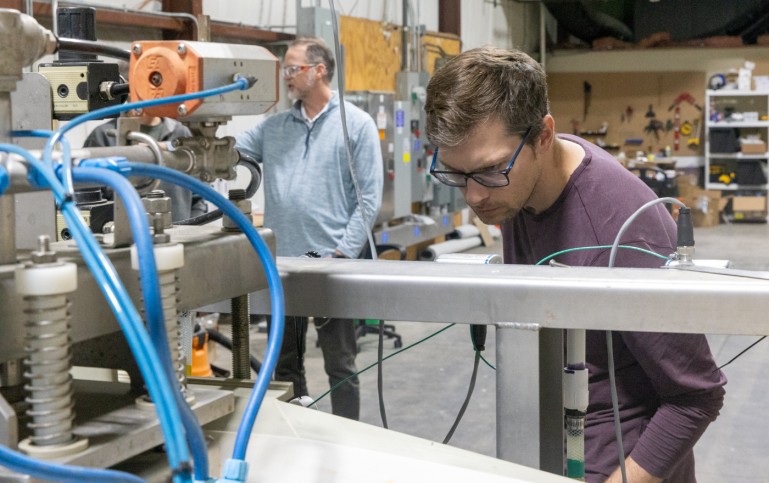Research projects featuring several WEI energy experts and affiliates have been chosen for Round 6 of the UW2020: WARF Discovery Initiative. These projects were among 92 proposals submitted from across campus. The initiative is funded by the Office of the Vice Chancellor for Research and Graduate Education and the Wisconsin Alumni Research Foundation.
The awardees span the four divisions — arts and humanities, physical sciences, social sciences, and biological sciences — on campus.
Professor Greg Nemet received a Kohl Public Service Research Competition award to support his work on climate change analysis and policy.
In late November 2019, Ernest Micek Distinguished Chair in Chemical and Biological Engineering
A large, collaborative Great Lakes Bioenergy research study published April 6 in ChemSusChem, is featured on the journal's cover. The paper, "Assessing the Viability of Recovery of Hydroxycinnamic Acids from Lignocellulosic Biorefinery Alkaline Pretreatment Waste Streams," brings together a diverse team with expertise in many different fields to address a complex problem: how to make a biorefinery biologically and economically sustainable.
Researchers at the Great Lakes Bioenergy Research Center (GLBRC) at the University of Wisconsin–Madison have developed a method to create hybrid yeasts that combine traits from up to six different species.
In the center of the COVID-19 pandemic, hospitals are racing to maintain quality care for patients with severe disease while facing a shortage of resources and limited understanding of the novel coronavirus.



